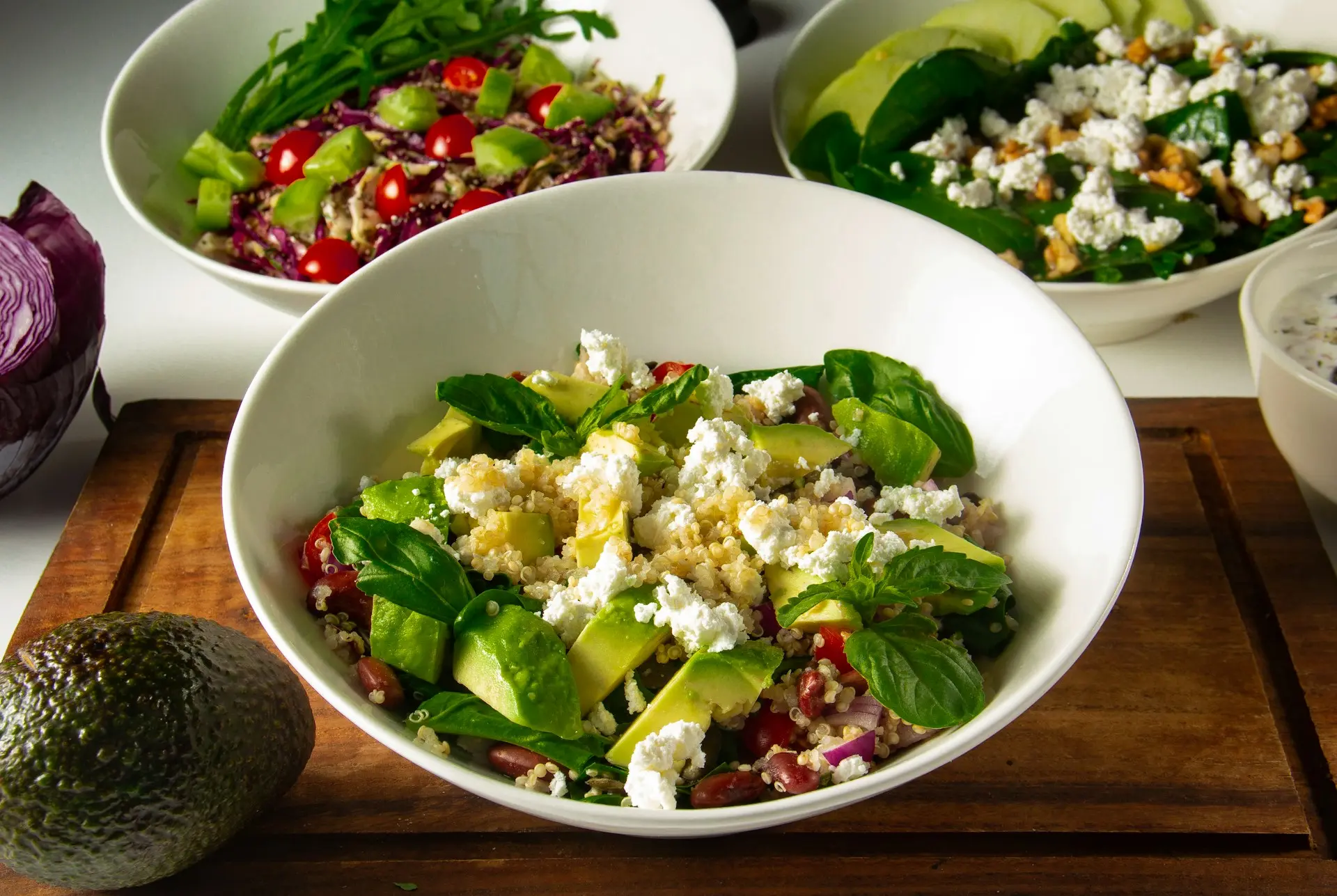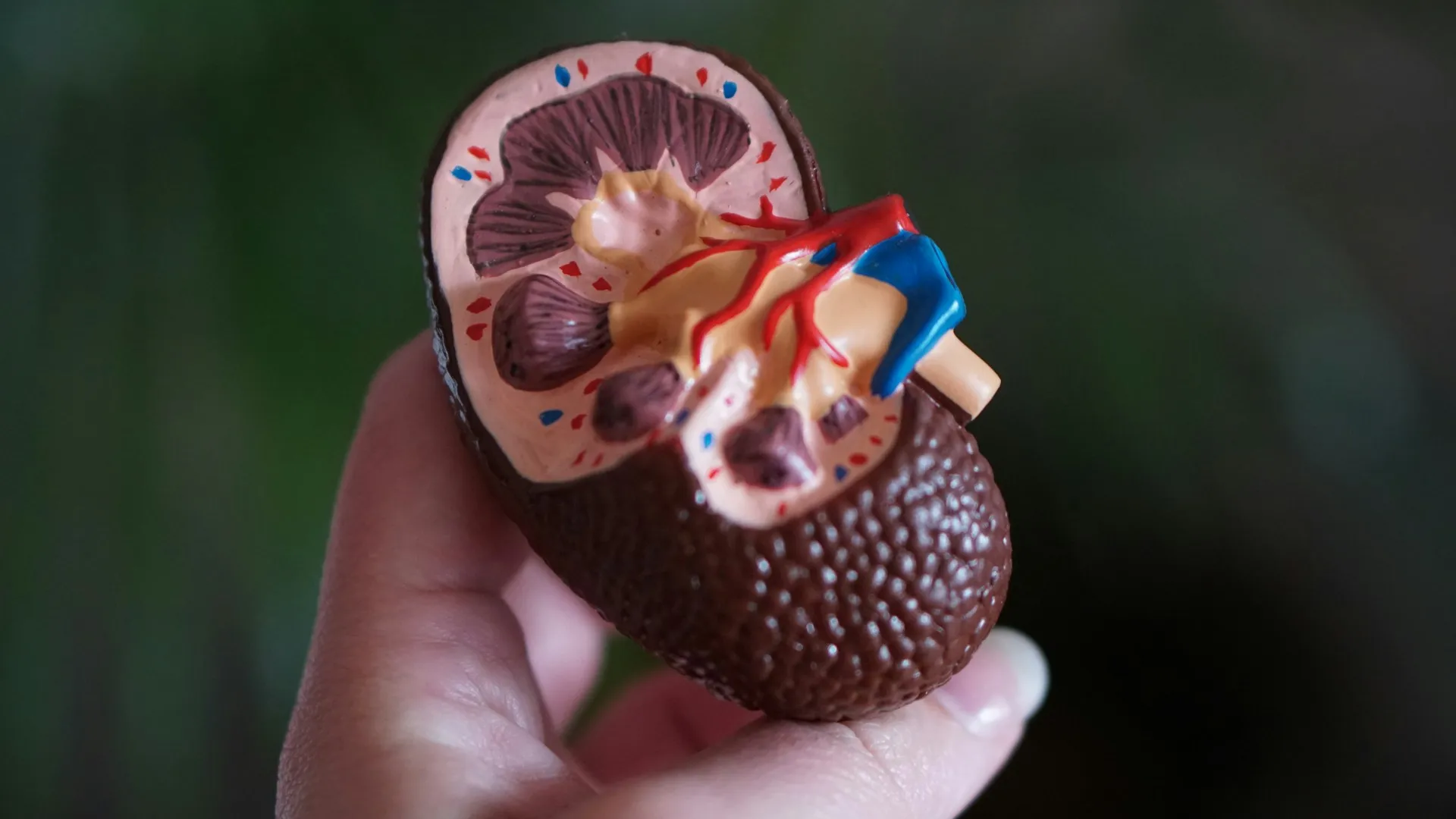DASH stands for Dietary Approaches to Stop Hypertension. The DASH diet is based on several research projects, and has proven to be an important intervention for preventing and managing high blood pressure (hypertension). This diet can also help you to lose weight and may reduce your chances of getting certain chronic conditions like diabetes and heart disease.
The DASH diet emphasizes reduced sodium (salt) consumption and increased intake of fruits and vegetables.
What are the potential benefits of the DASH diet?
While the main aim of the diet is to reduce blood pressure, its other benefits include:
- Helping with weight loss and maintaining a healthy weight.
- Controlling blood sugar levels in people with diabetes.
- Reducing your chances of getting heart disease.
- Improving liver function in people with chronic liver disease.
- Decreasing blood levels of triglycerides and bad cholesterol (low-density lipoprotein).
What foods can I eat in the DASH diet?
While on the diet, it is recommended that you eat:
- Whole grains
- Fruits and vegetables
- Fat-free or low-fat dairy products
- Lean meats, poultry, and fish
- Nuts, seeds, and legumes
- Healthy fats and oils
- Limited sweets and added sugars
It is advised that you eat a certain number of daily servings from the different food groups. The recommended number of servings depend on how many calories you consume per day.
Examples of foods and food portions, based on a daily target of 2,000 calories, are listed below.
Whole grains
Examples include whole wheat bread, whole wheat pasta, brown rice, oatmeal, bulgur, cereals, unsalted pretzels and popcorn.
Aim for 6–8 servings per day. A serving is:
- 1 slice of bread
- 1 ounce (oz) or 28 grams (g) of dry cereal
- 1/2 cup of cooked rice, pasta, or cereal
Fruits
Examples include apples, bananas, grapes, mangoes, melons, strawberries, raisins, pears, oranges, tangerines, and apricots
Aim for 4–5 servings per day. A serving is:
- 1 medium fruit
- 1/4 cup of dried fruit
- 1/2 cup of frozen, fresh, or canned fruit
- 1/2 cup of fruit juice
Vegetables
Examples include carrots, broccoli, green peas, kale, collards, sweet potatoes, tomatoes, squash, and spinach.
Aim for 4–5 servings per day. A serving is:
- 1 cup of raw, leafy green vegetable
- 1/2 cup of cut-up raw or cooked vegetable
- 1/2 cup of vegetable juice
Dairy products
These should be fat-free (skim) or low-fat. Examples include milk, cheese, and yogurt.
Aim for 2–3 servings per day. A serving is:
- 1 cup of low-fat or fat-free milk or yogurt
- 5 oz (43g) of low-fat cheese
Lean meats, poultry, and fish
Select only lean cuts of meat. Cut away visible fats from meat and remove skin from chicken.
Aim for 6 or fewer servings per day. A serving is:
- 1 oz (28g) of cooked meat, chicken, or fish
- 1 egg. Eggs are high in cholesterol, so you need to eat 4 or less egg yolks per week.
Fats and oils
Examples include margarine, light salad dressing, low-fat mayonnaise, and vegetable oils such as canola, olive, corn, or safflower.
Aim for 2–3 servings per day. A serving is:
- 1 teaspoon of soft margarine
- 1 teaspoon of vegetable oil
- 1 tablespoon of mayonnaise
- 2 tablespoons of salad dressing
Nuts, seeds, and legumes
Examples include almonds, hazelnuts, peanuts, walnuts, sunflower seeds, kidney beans, lentils, and split peas.
Aim for 4–5 servings per week. A serving is:
- 1/3 cup or 1.5 oz (43g) of nuts
- 2 tablespoons of peanut butter
- 2 tablespoons of seeds
- 1/2 cup of cooked legumes
Sweets and added sugars
You should limit your intake of fruit punch, hard candy, jelly, maple syrup, sugar, sorbet, and ices to no more than 5 servings per week.
A serving is:
- 1 tablespoon of sugar, jelly, or jam
- 1/2 cup of sorbet or gelatin
- 1 cup of lemonade
DASH diet and salt intake
The DASH diet emphasizes limiting your sodium (salt) intake to 2,300 mg per day.
Limiting salt intake is important for reducing one’s blood pressure. If you have high blood pressure, your doctor may suggest that you follow a low salt DASH diet. In that case, you will need to limit your daily salt intake to 1,500 mg per day.
How can I get started on the DASH diet?
You may need to talk to a dietitian to help you develop a DASH meal plan that works best for you. Some tips that may help you get started on the diet are:
- Change to the DASH diet gradually. You can start by slowly replacing unhealthy foods with recommended foods until it becomes easy to stick to the calorie and serving requirements of the diet.
- Read and compare nutrition facts labels on foods. This helps you to identify and choose low-fat and low-sodium foods.
- Treat meats as a part of the whole meal, not as the focus.
- Use fruits and low-fat foods as desserts and snacks. Read about more hypertension-friendly snack options.
- Instead of salt, use herbs and spices to flavor food.
- If you deviate from your eating plan, find out what caused the slip up and work on getting back on track. Do not let guilt keep you from achieving your overall health goals.
Can my high blood pressure be treated by the DASH diet alone?
Following the DASH diet can reduce your chances of getting hypertension, and will contribute to reducing your blood pressure if you’re hypertensive. But it may not be enough to enable you to achieve your blood pressure targets on its own.
You still need to maintain a healthy weight, be physically active, reduce your alcohol intake, and stop smoking. These measures will also positively contribute to your overall health.
Your doctor may also determine that you need to combine these healthy habits with antihypertensive medications to keep your blood pressure down.
What should I remember?
The DASH diet is a proven approach to improving heart health and managing blood pressure. By focusing on fruits, vegetables, whole grains, lean proteins, and low-fat dairy, it provides the nutrients your body needs while reducing sodium, unhealthy fats, and added sugars. Following calorie targets tailored to your needs is also an important part of the diet, helping you maintain a healthy weight and improve overall health.
Starting the DASH diet is simple. Begin by making small swaps, like choosing whole grains over refined ones and adding an extra serving of vegetables to your meals. Gradually reduce your sodium intake and explore flavorful herbs and spices instead of salt. Keep an eye on portion sizes to stay within your calorie targets.
With consistent effort, the DASH diet can become a sustainable lifestyle change that benefits your health for years to come. Take the first step today!












